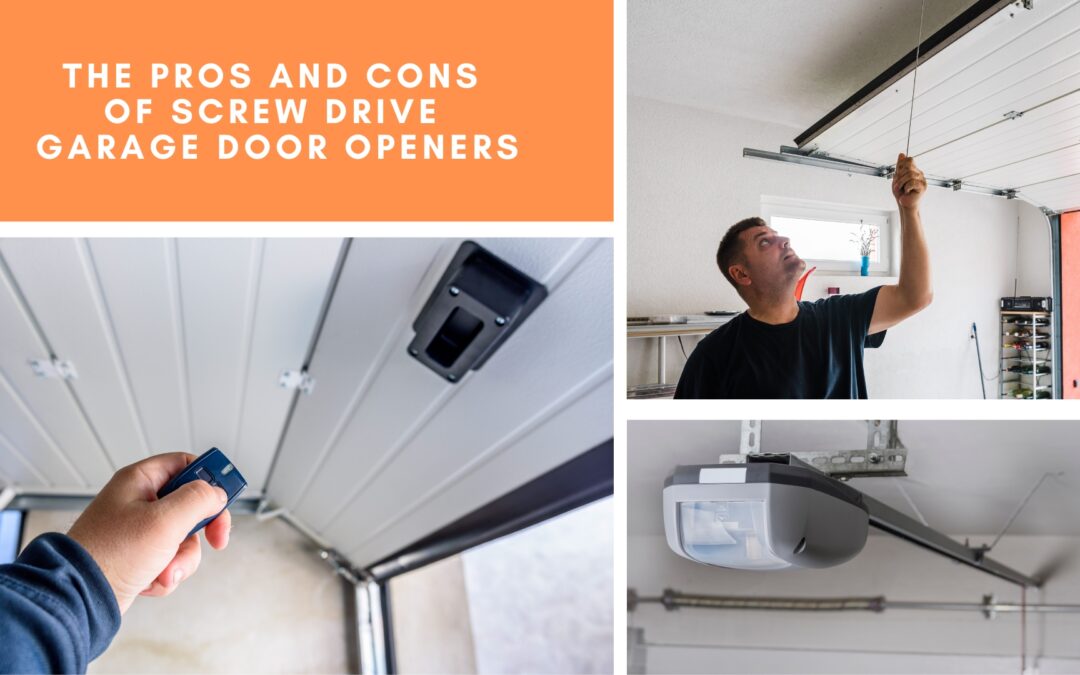
Introduction
Garage door openers play a crucial role in our daily lives, providing convenience and security. To ensure their optimal performance and longevity, regular cleaning and maintenance are essential. In this article, we’ll explore simple DIY tips for cleaning and maintaining your garage door opener, promoting smooth operation and preventing potential issues.
Understanding the Importance of Cleaning and Maintenance
Before delving into the DIY techniques, it’s important to grasp why cleaning and maintaining your garage door opener is crucial. Over time, dust, dirt, and debris can accumulate, affecting the opener’s functionality. Routine maintenance not only extends the lifespan of the opener but also reduces the risk of malfunctions and costly repairs.
Safety First: Disconnecting the Power
Before starting any cleaning or maintenance tasks, ensure your safety by disconnecting the power to the garage door opener. Locate the emergency release cord and pull it, disconnecting the opener from the door. This precautionary step prevents accidental activation of the opener while you’re working on it.
Cleaning the Exterior Surface
Begin by cleaning the exterior surface of the garage door opener. Use a soft, damp cloth to wipe away accumulated dust and grime. Pay attention to the control panel, buttons, and sensors. Avoid using harsh chemicals, as they can damage the finish. A gentle cleaning ensures a well-maintained appearance and prevents debris from interfering with the opener’s operation.
Lubricating Moving Parts
Proper lubrication is key to the smooth functioning of the garage door opener. Identify the moving parts such as hinges, rollers, and springs. Apply a silicone-based lubricant to these components, avoiding oil-based products that can attract more dirt. Lubrication reduces friction, minimizes wear and tear, and promotes quieter operation.
Checking and Tightening Hardware
Over time, vibrations and regular use can cause hardware to loosen. Periodically inspect all nuts, bolts, and screws associated with the garage door opener. Tighten any that appear loose to maintain the structural integrity of the system. This simple step prevents potential issues caused by loose hardware.
Testing Safety Features
Modern garage door openers come equipped with safety features such as photo-eye sensors and auto-reverse mechanisms. Regularly test these features to ensure they’re functioning correctly. Place an object in the path of the closing door to test the auto-reverse function. Clean the sensors with a soft cloth to remove any dirt that might obstruct their operation.
Inspecting the Door Balance
An unbalanced garage door puts strain on the opener and can lead to premature wear. Check the balance of the door by disconnecting the opener and manually lifting it halfway. If the door doesn’t stay in place, it may be unbalanced, requiring professional adjustment. Maintaining a balanced door contributes to the longevity of the opener.
Addressing Unusual Noises
Unusual noises during operation can be indicative of underlying issues. Listen for any grinding, squeaking, or clunking sounds. Identify the source of the noise and address it promptly. Lubricating moving parts, tightening hardware, and inspecting the door balance can often resolve these issues and contribute to a quieter and more efficient garage door opener.
Regularly Testing Remote Controls
Don’t forget to regularly test the remote controls for your garage door opener. Replace batteries as needed and ensure that the remotes are functioning correctly. This simple step ensures that you can reliably operate the garage door from a distance, providing convenience and security.
Conclusion
In conclusion, taking the time to clean and maintain your garage door opener through simple DIY steps can significantly enhance its performance and lifespan. Regular attention to cleaning, lubrication, hardware checks, and safety features contributes to a smoothly operating and reliable garage door opener. For more information on DIY home maintenance and related topics, visit FundYourPurpose.org.










